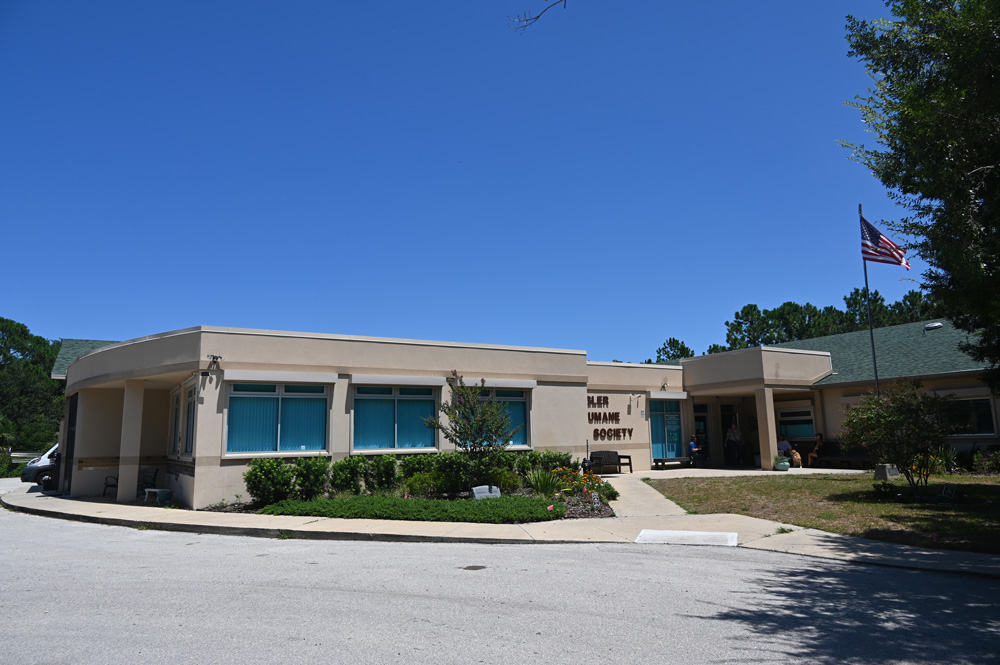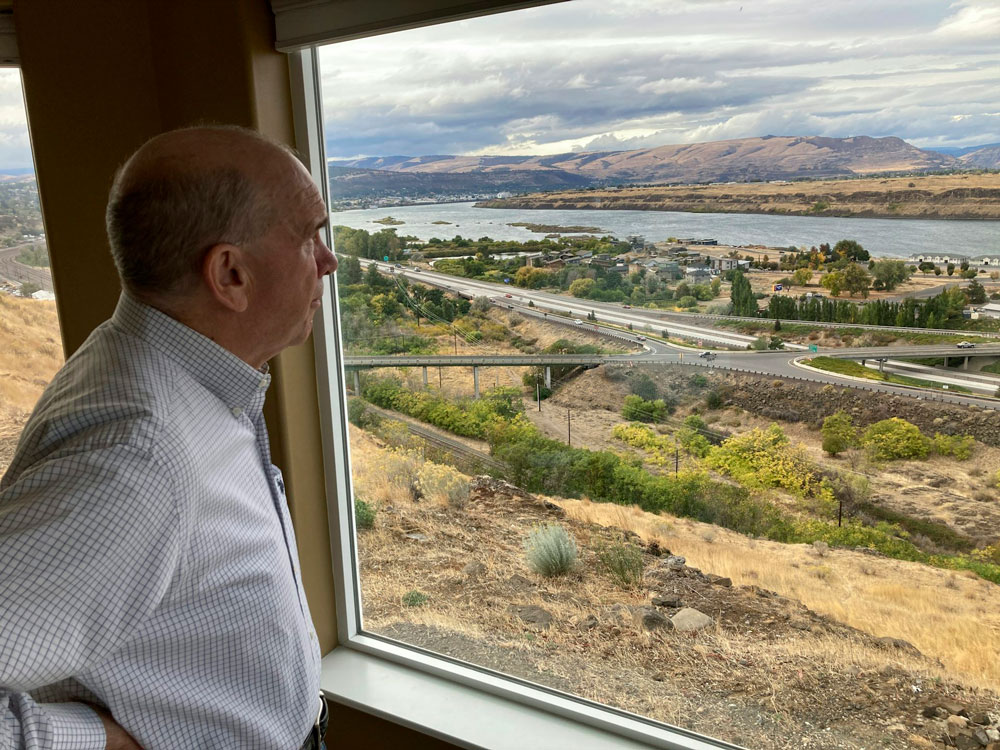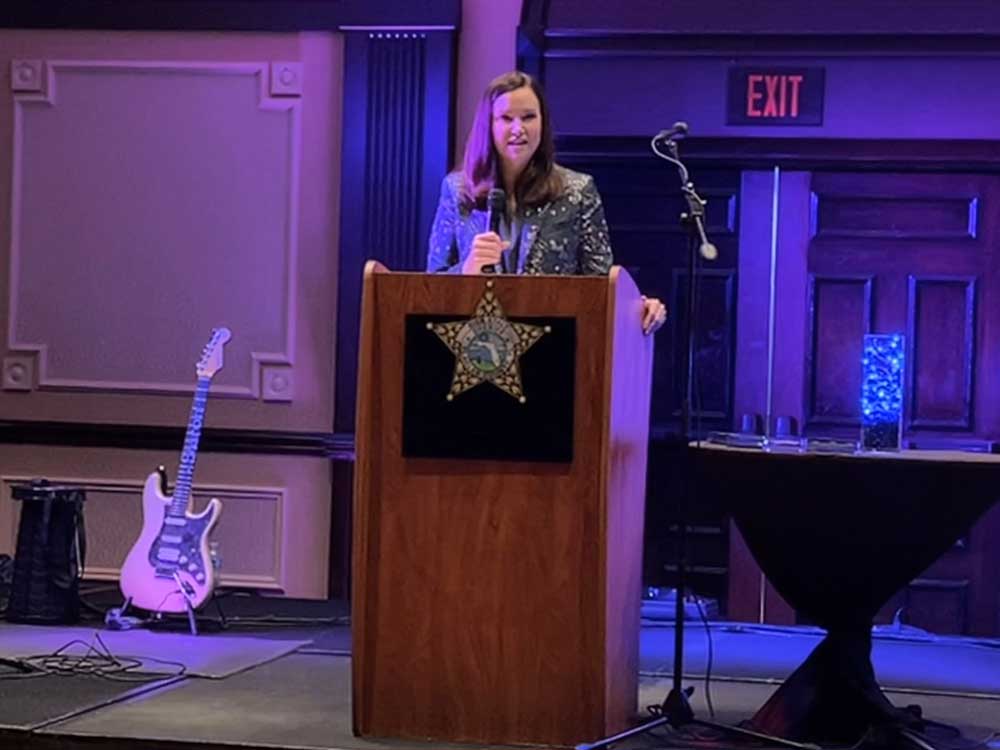The governments of Flagler County and Palm Coast are forming a joint task force to investigate the feasibility of constructing or running a multi-million dollar animal shelter apart from the non-profit Flagler Humane Society, which has been the county’s only full-service animal shelter since 1982, despite their obsessive talk of DOGE-dictated government efficiency and stress over tight budgets.
At a joint meeting on Wednesday, elected representatives from both governments decided to form a task force. There is little consensus on how to proceed or even if it is required to do so, even if there is agreement to investigate the issue. Separating from the Humane Society is preferred by city officials over county officials. It has too many people in its shelter off U.S. 1.
The society desires to grow. It lacks a capital campaign or specific strategy to accomplish this. The public and former volunteers at the organization have exerted pressure on county and local officials to criticize the shelter’s operations, claiming that it lacks accountability, transparency, and the physical resources necessary to fulfill its duties. Critics have also pointed to the purported mistreatment or euthanasia of certain animals.
The society opposes the other allegations, such as that it has inappropriately or needlessly put animals to death, but it does not contest that its facility is overcrowded. Generally speaking, euthanizing rates are lower in nonprofit shelters like the organization than at government shelters.
According to Amy Carotenuto, executive director of the society, FHS has been effectively and empathetically serving the county with animal sheltering and animal control services since 1982. Before the city of Palm Coast’s code enforcement department took over around 15 years ago, we also handled animal control for them. Because we can add fundraisers, our affordable veterinarian services, a thrift store, contributions, and other resources, FHS gives governments a lot more value for their money.
Both municipalities enter into sheltering service contracts with the society, as do Flagler Beach and Bunnell. Animal control services are also contracted by all governments, with the exception of Palm Coast. Flagler County is thinking of cutting ties with Palm Coast and hiring them to handle animal control instead.
It’s critical that we have a strategy for the future, As of right now, I don’t think we have the infrastructure to sustain what we need, thus Palm Coast City Council member Ty Miller mentioned a separate shelter.
According to Palm Coast Mayor Mike Norris, setting up a new wildlife control system is not too difficult. He answered, “That’s an easy one.” The facility and its ability to handle stray animals or animals in general are our biggest issues. Thus, that is where the true substance of this long-running issue lies.
The cost of creating or operating a shelter is not something that local governments have examined, in contrast to the cost of animal control services, which can and have been broken down to the cost of trucks and uniforms. Building an animal shelter is usually costly. Although Miller cites statistics from Putnam County that implies the expenses can be considerably more affordable, Orange County’s ongoing experience is dismal, with costs ranging in the tens of millions of dollars. However, the Putnam data is not yet full.
The cost of operating shelters is likewise high; the society’s yearly budget is $3 million. Without necessarily stopping the society’s operations, a new operation would unavoidably replicate or increase the expenditures, passing the full burden to taxpayers.
According to Miller, capital expenditures will be the biggest up-front expense, followed by ongoing expenses. However, he stated that we must eventually stop discussing it and do action. since we have been discussing it for some time. For as long as I’ve been on our board, we’ve been discussing it. And this discussion has undoubtedly been going on earlier. Since setting aside that money will take some time, we must eventually get serious about developing a plan and starting along that path in order to finish this. This will cost at least a couple of million dollars, plus land. Therefore, we may begin saving for it as soon as we develop the strategy.
Theresa Pontieri, a member of the Palm Coast City Council, has expressed dissatisfaction with the sheltering services provided by the organization; nevertheless, prior to discussing the establishment of a separate shelter, the council ought to consider included the idea in its Strategic Action Plan, which is a list of long-term objectives. According to Pontieri, that is how we obtain finance for projects.
Andy Dance, the chair of the county commission, believes that talks about a separate shelter are too soon. He remarked, “Let me be the counter to what is being said here.” Working with a sole-source provider—that is, the community—would be the most effective method to offer sheltering services. He stated that the Humane Society has space for more facilities. We must be extremely cautious and not rule out solutions, he stressed, because local governments are struggling financially and officials at the same meeting expressed dissatisfaction about library financing.
According to Commissioner Kim Carney, the first objective was to resolve the animal control services issue. However, we also see the necessity of the new or enlarged facility, she added, without necessarily considering an expanded facility to be distinct from the Flagler Humane Society, which has a central location and property on which to develop.
In their yearly legislative petitions, the county and the city are thinking about allocating capital funds for animal sheltering. That suggestion will be discussed at the council’s meeting on August 19.
A task force comprising representatives from both governments and some volunteers the society did not name would generate data, including estimated land and construction costs, and present action items, according to Interim City Manager Lauren Johnston and County Administrator Heidi Petito, to the two governments at a later joint meeting. The officials left the conversation there.











